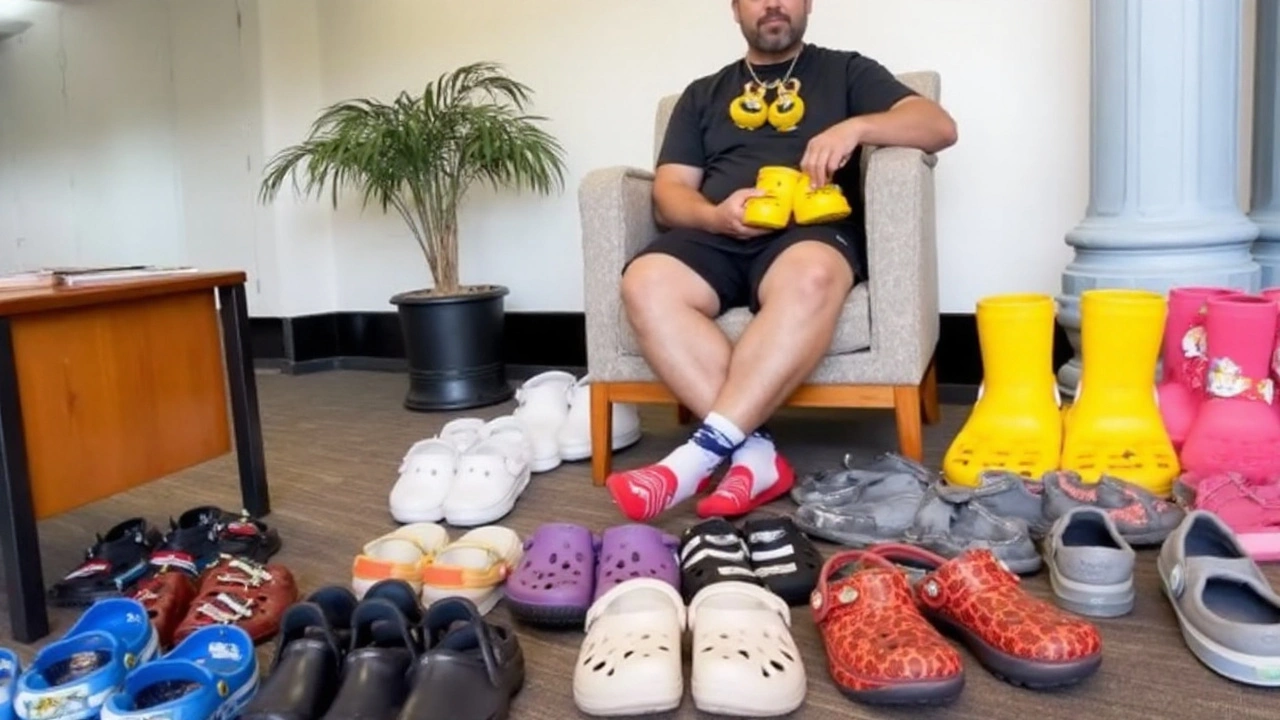Foster Care Awareness: Building a Safer Future for Children
When talking about Foster Care Awareness, the active effort to educate the public about the needs of children in foster care and the systems that support them. Also known as foster care advocacy, it aims to improve outcomes for vulnerable kids by shining a light on gaps, successes, and opportunities for action. Understanding this topic helps you see why every community member can make a difference.
Child Welfare, the broader field that protects children from abuse, neglect, and unstable living conditions is the foundation on which foster care operates. When child welfare agencies place a child with a licensed family, they’re applying safety standards, case monitoring, and therapeutic support. This relationship means foster care awareness inevitably includes knowledge about child welfare policies, assessment tools, and the role of social workers. In practice, a well‑informed public can push for better training of caseworkers, more transparent reporting, and stronger safety nets for children transitioning between homes.
Key Areas to Explore
Adoption, the permanent legal process that gives a child a new, lasting family frequently intersects with foster care. Many children move from temporary foster placements into adoptive families, so understanding adoption pathways, eligibility criteria, and post‑adoption support is crucial for anyone interested in foster care awareness. When adoption rates rise, the system can reduce the time kids spend in temporary care, improving emotional stability and educational outcomes. Therefore, awareness campaigns often highlight success stories and clarify myths about adopting from foster care.
The role of Nonprofit Organizations, charitable groups that provide counseling, mentorship, and rescue services for foster children cannot be overstated. These groups fill gaps left by government funding, offering after‑school programs, respite care, and legal assistance. By partnering with nonprofits, communities amplify the impact of foster care awareness, turning knowledge into tangible help. Highlighting these partnerships shows how volunteers, donors, and professionals can collectively raise the quality of care.
Government Policy, legislation and funding decisions that shape the structure of the foster system directly influences every other entity mentioned. Policies dictate case load limits, foster parent licensing standards, and eligibility for financial subsidies. When citizens understand how policy shapes daily realities, they’re more likely to advocate for reforms such as increased foster parent incentives, mandatory cultural competency training, or extended support after reunification. This link creates a clear semantic triple: Foster care awareness requires active government policy.
Community involvement ties all these pieces together. Local schools, faith groups, and businesses can host educational workshops, sponsor foster families, or create mentorship programs. When a community embraces foster care awareness, it cultivates a network where child welfare agencies, adoption services, nonprofits, and policymakers collaborate seamlessly. This synergy reduces placement instability and builds a safety net that adapts to each child’s unique needs.
All of these elements—child welfare, adoption, nonprofits, government policy, and community involvement—form a web that makes foster care awareness both practical and powerful. Below, you’ll find a collection of posts that dive deeper into each area, sharing real‑world examples, tips for getting involved, and the latest developments shaping the foster care landscape. Explore the stories, learn the facts, and discover how you can turn awareness into action.



